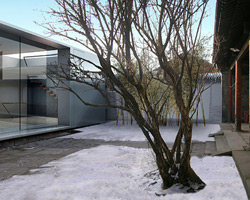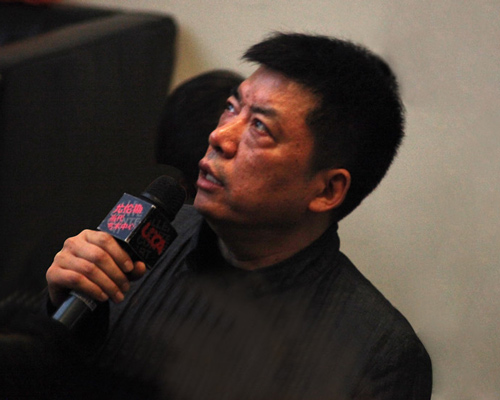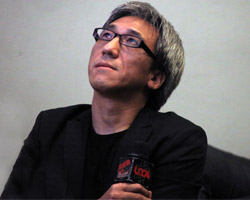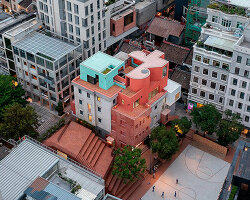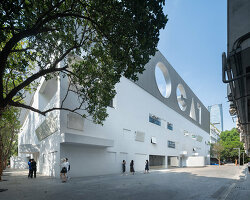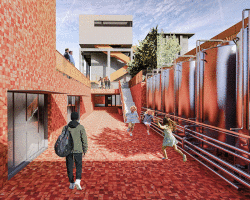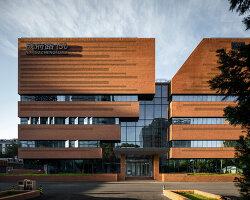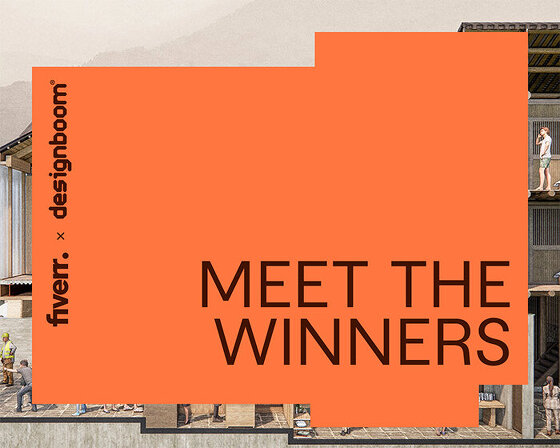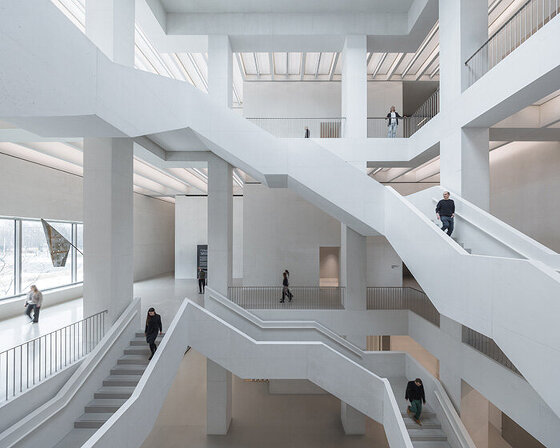KEEP UP WITH OUR DAILY AND WEEKLY NEWSLETTERS
the two photographers documented over 100 structures from the 1960s-80s, from cemeteries and sanctuaries to port buildings and residential complexes.
the founder of jiakun architects, is recognized for his humanistic approach, crafting spaces that combine the everyday with the utopian.
connections: 39
see how architects and designers transformed neglected buildings into stunning, sustainable spaces through Fiverr and designboom’s global competition!
connections: 2
the opening exhibition is the largest-ever presentation of the institution’s collection, presenting four perspectives on art history since 1950.
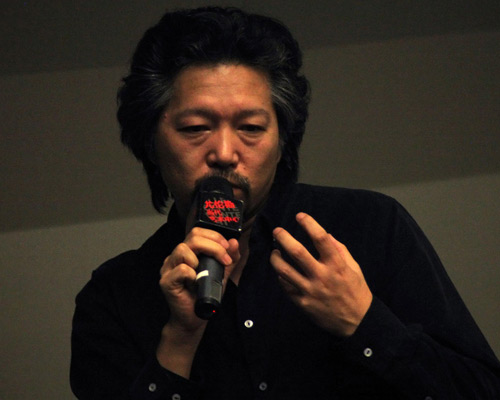
 exterior view image © urbanus
exterior view image © urbanus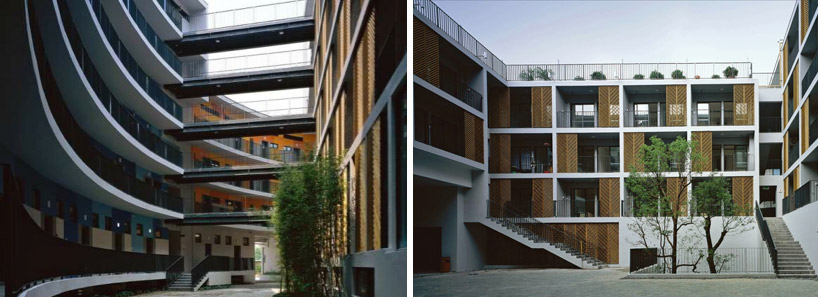 interior views image © urbanus
interior views image © urbanus model image © urbanus
model image © urbanus plan image © urbanus
plan image © urbanus ‘shekou mid-hill apartment ‘ by urbanus, shenzhen, china image © urbanus
‘shekou mid-hill apartment ‘ by urbanus, shenzhen, china image © urbanus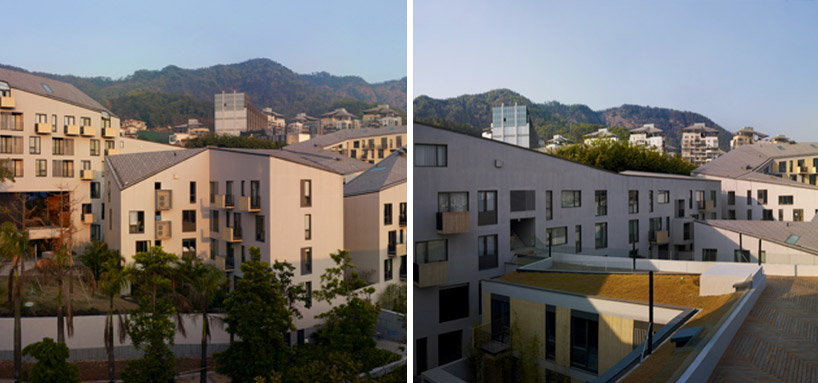 exterior views image © urbanus
exterior views image © urbanus model image © urbanus
model image © urbanus site plans image © urbanus
site plans image © urbanus portrait of liu xiaodu at designboom conversation, beijing, china image © designboom
portrait of liu xiaodu at designboom conversation, beijing, china image © designboom

